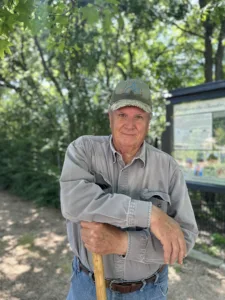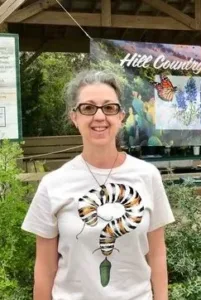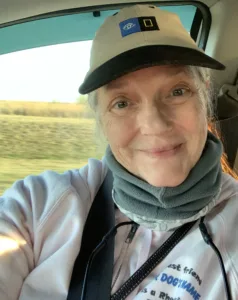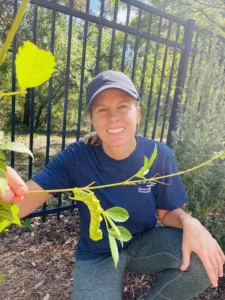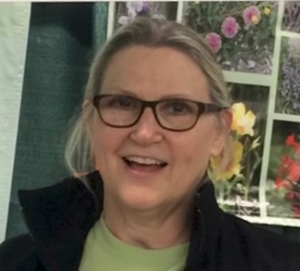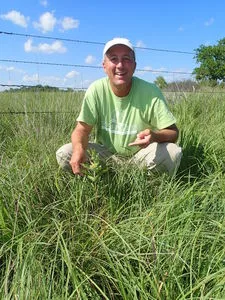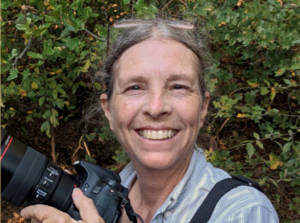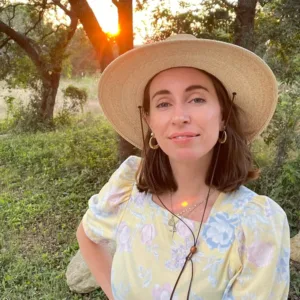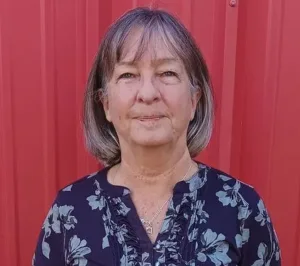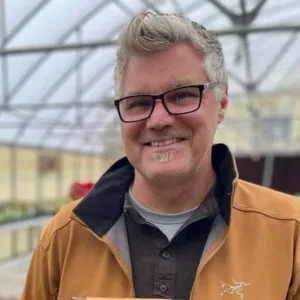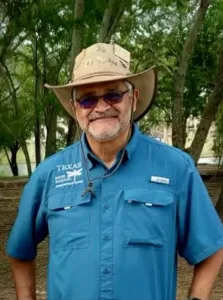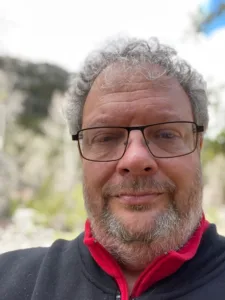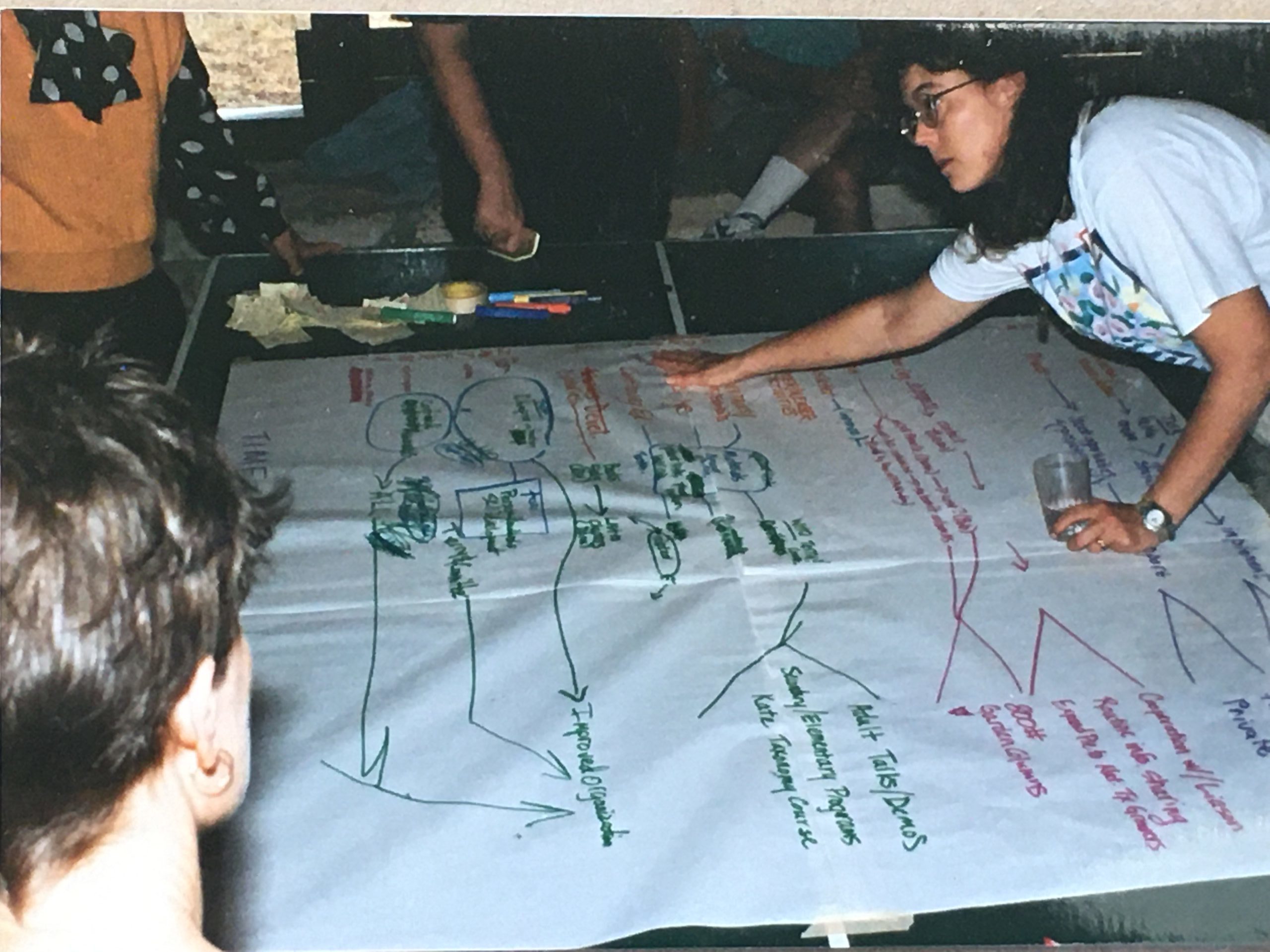
History of Society
The Native Plant Society of Texas was started in the Fall of 1980 by Carroll Abbott of Kerrville and sponsored by several members of the faculty of Texas Woman’s University
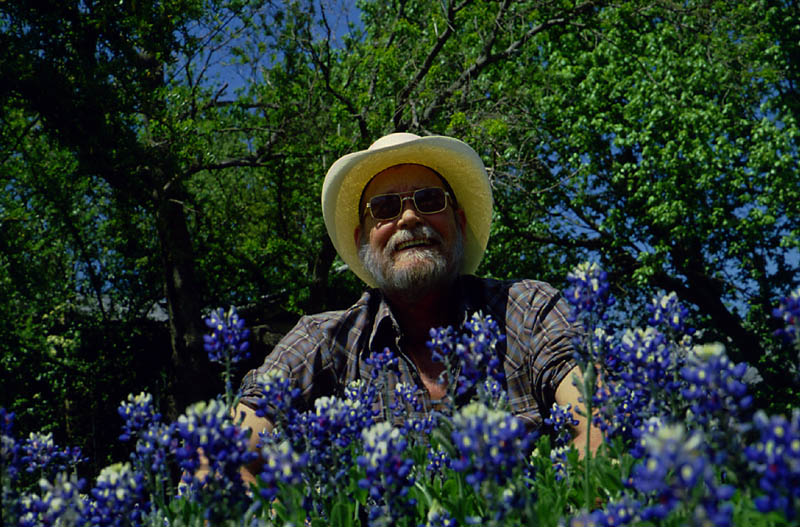
Mr. Texas Bluebonnet – The Carroll Abbott Story
By Ernest Tremayne, Kerrville Chapter The Native Plant Society of Texas was founded April 25, 1981, at Texas Woman’s University. “Texas Wildflower Day” was to be celebrated annually on the
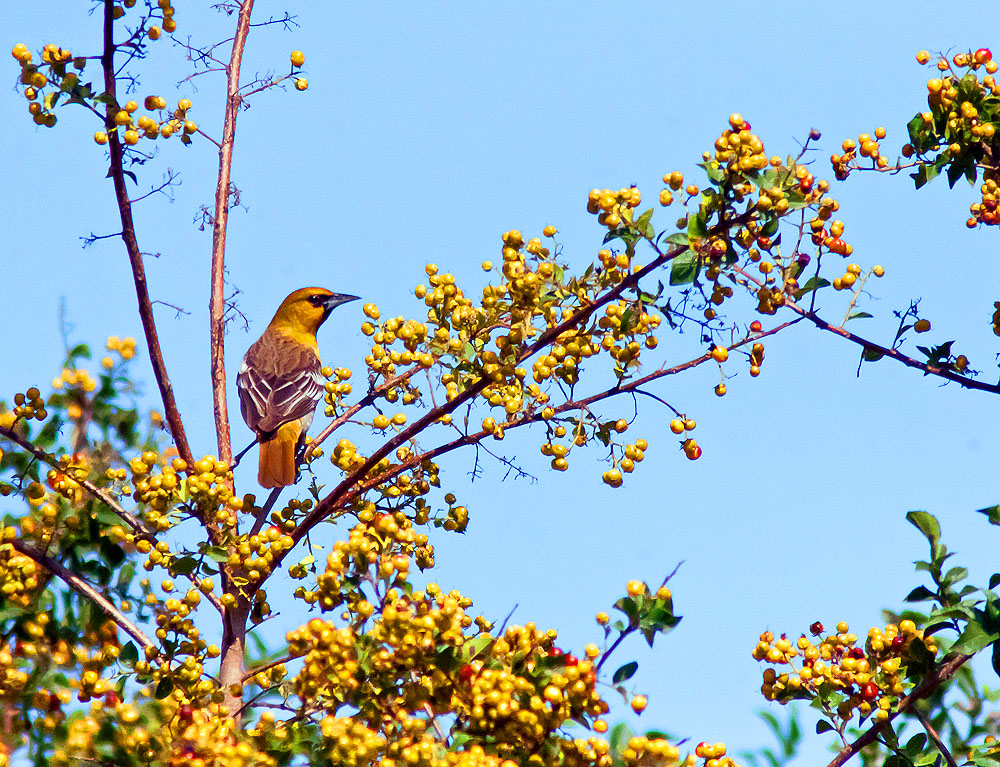
Partners
The Native Plant Society of Texas is proud to be affiliated with many organizations who share and support our mission of research, conservation and utilization of native plants and native

Past Presidents
We are fortunate to have been served by many fine leaders as Society presidents. 2021-2023 – Linda Knowles2019-2021 – Kim Conrow2017-2019 – Cecil Carter2015-2017 – Linda Knowles2013-2015 – Bill Hopkins2011-2013
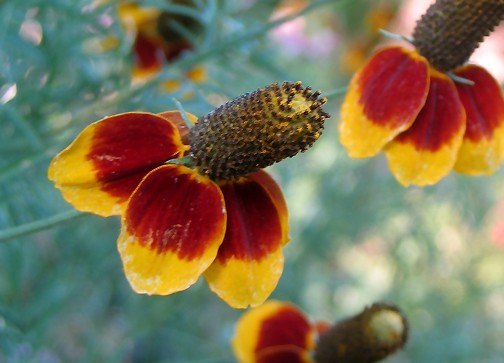
What is a native plant?
By Bill Ward Botanists say that Texas is home to over 7,000 species of vascular plants, including native, naturalized, non-native, crop and forage, and introduced perennial ornamental species. Nearly 5,000
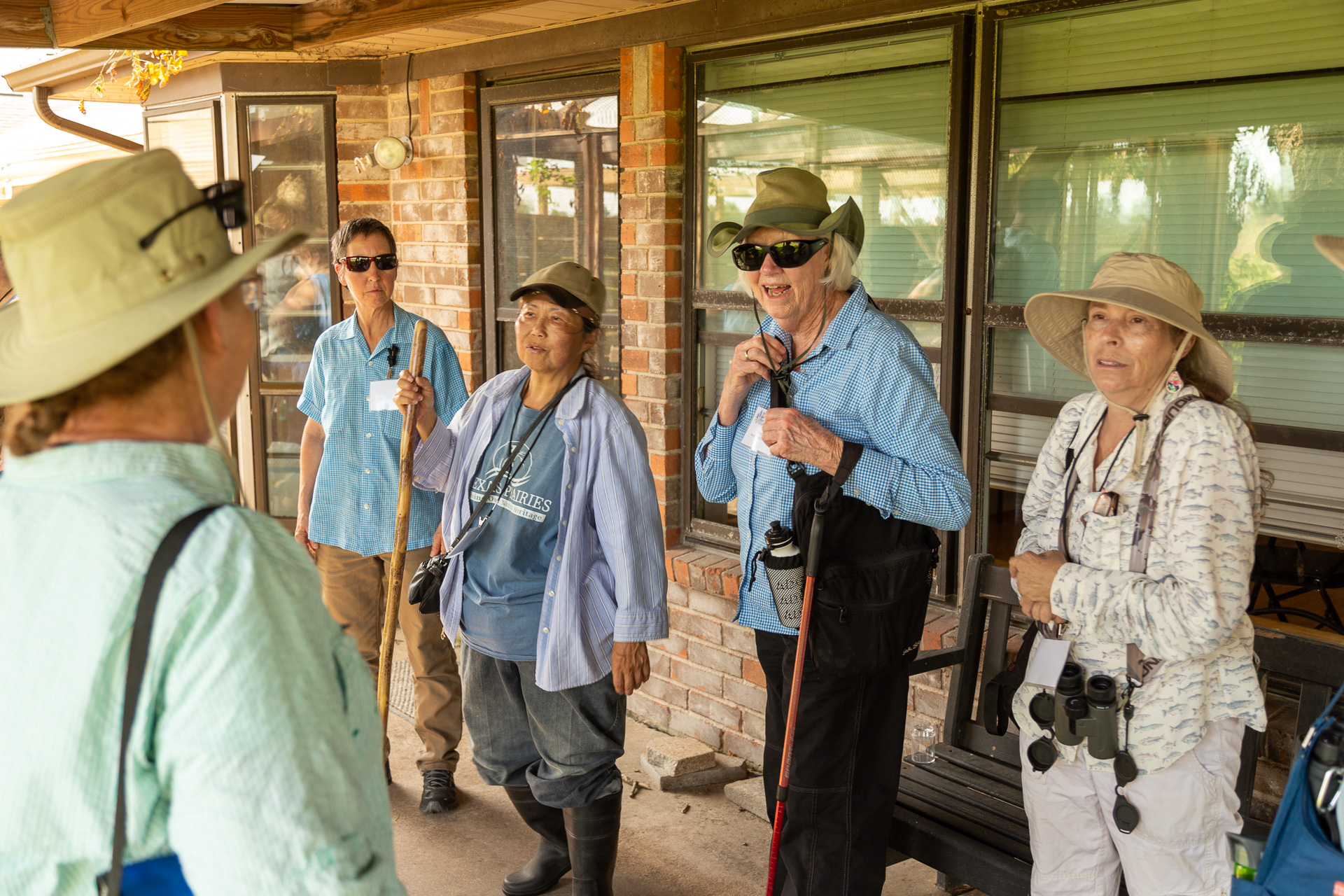
Who We Are
Our Mission The mission of the Native Plant Society of Texas is to promote conservation, research and utilization of native plants and plant habitats of Texas through education, outreach, and
Governance
The Native Plant Society of Texas State Board meets quarterly. The State Board consists of one voting representative from each of the chapters plus officers who are elected by the membership. State Board meetings are open to all members.
State Board meetings are held in February, May, August, and November each year. See the events calendar for specific upcoming State Board meeting dates and times.
State Board officers serve two-year terms, which are staggered so that half the officers are elected each year. At the end of the president’s two-year term then the president-elect automatically succeeds. Duties of the elected officers are described in the Standing Rules linked below.
The Executive Committee works to promote the Society and implement its mission. It hires, evaluates the work of, and terminates the Executive Director. The Committee also reviews and develops state governing documents and activities, including, but not limited to, approval of financials, creation of an annual budget for state administrative activities and guidance of state committees.
Governing Documents
Annual Reports
Executive Committee Members
Staff
- Houston
- Tuesday, 9:00 am - 1:00 pm; Wednesday, 3:00 pm - 5:00 pm; Thursday 9:00 am - 1:00 pm
- 830-997-9272 Ext 0
- Email Renata Lucia
- Fredericksburg
- Tuesday - Friday, 12:00 pm - 2:00 pm
- 830-997-9272 Ext 1
- Email Craig Coulter
- Houston
- N/A
- 830-997-9272 Ext 2
- Email Linda Foss
- Lindheimer
- N/A
- 830-997-9272 Ext 3
- Email Sara Torres
- Austin
- Monday - Friday, 8:00 am - 5:00 pm
- 830-997-9272
- Email Meg Inglis


